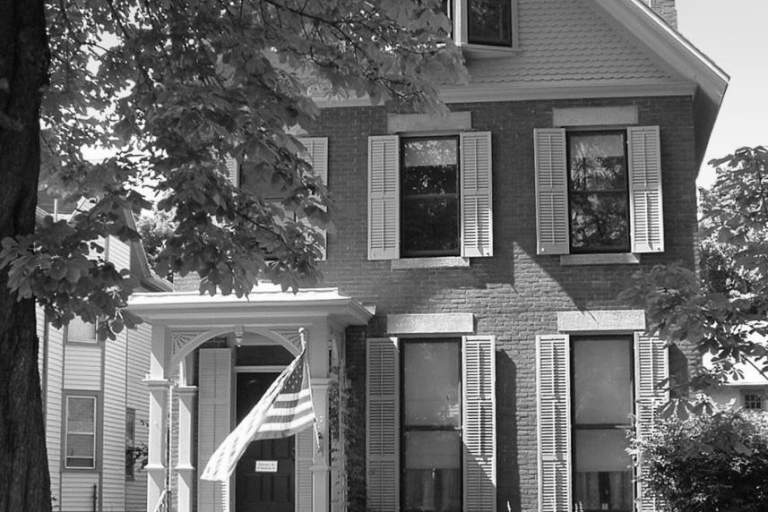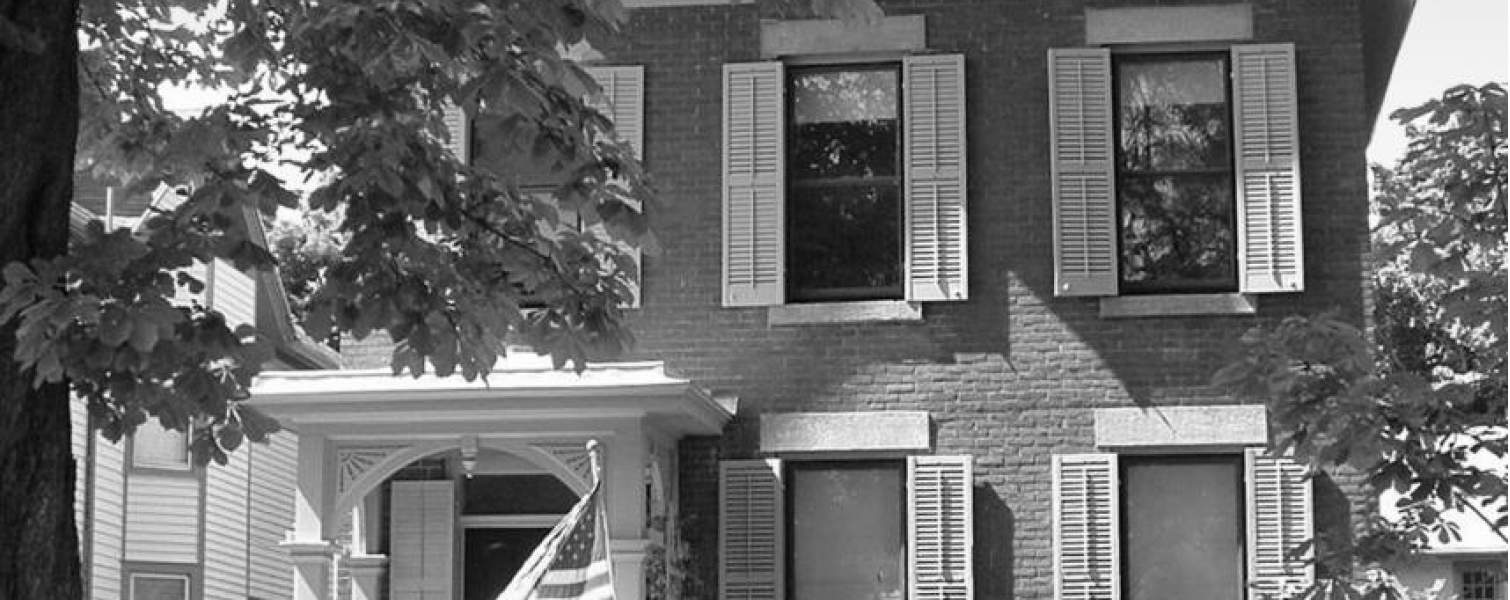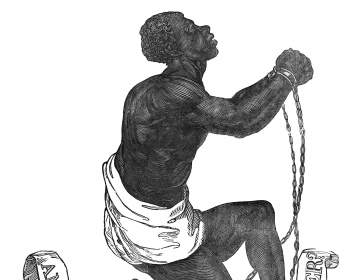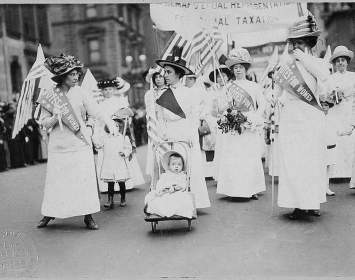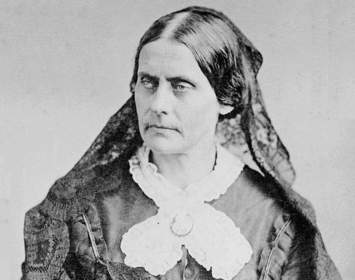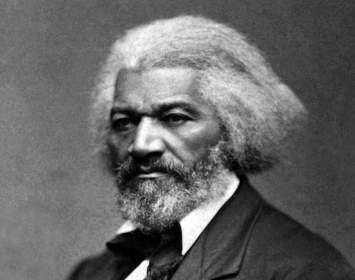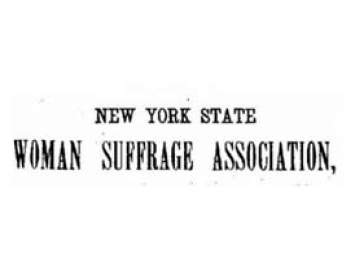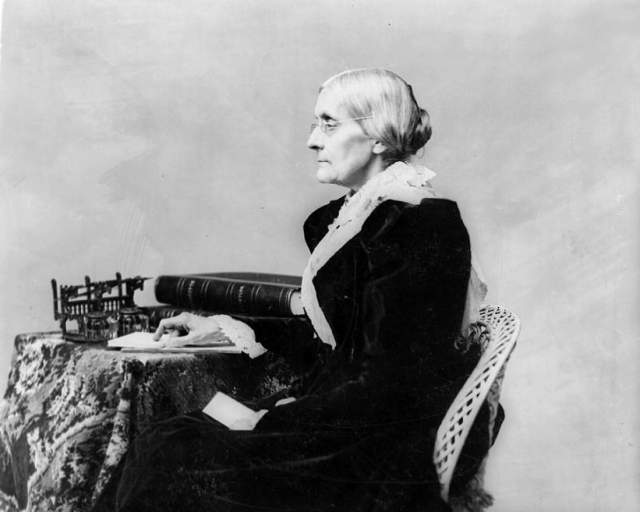This site was the home of Susan B. Anthony for a large portion of her life, including the time of her greatest activity in politics. It was while living in this house that Anthony managed to cast a ballot—for which she was arrested on November 18, 1872, because it was at the time illegal for women to vote. She had given so many speeches in and around Rochester that prosecutors despaired of finding impartial jurors; her trial had to be held in June 1873 in Canandaigua.
Anthony became world famous for her woman’s rights activism. (Nineteenth-century practice was to use the singular, woman's, when referring to women as a class; later practice was to use the plural, women's.) But she had long been very active in the abolition movement. Fellow Rochester abolitionist Frederick Douglass was a frequent guest at her home, as she was at his downtown and later suburban Rochester homes.
The site’s official website has this to say:
"Susan B. Anthony’s story of courage and determination has been told and re-told to visitors to her Rochester, New York home on Madison Street for more than fifty years.
Today, the house is a museum with National Historic Landmark status. The Susan B. Anthony Preservation District is a nine-block area around The Susan B. Anthony House and Susan B. Anthony Square. It is one of the last intact 19th century middle-class neighborhoods in the country and is listed on the National Register of Historic Places."
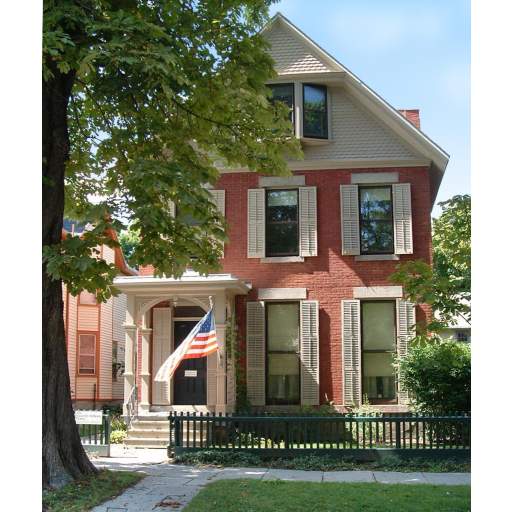
Susan B. Anthony House
This site was the home of Susan B. Anthony for a large portion of her life, including the time in which she was most active in politics. It is now a museum.
Photo courtesy Susan B. Anthony House.
Associated Historical Events
The Arrest of Susan B. Anthony
November 18, 1872
